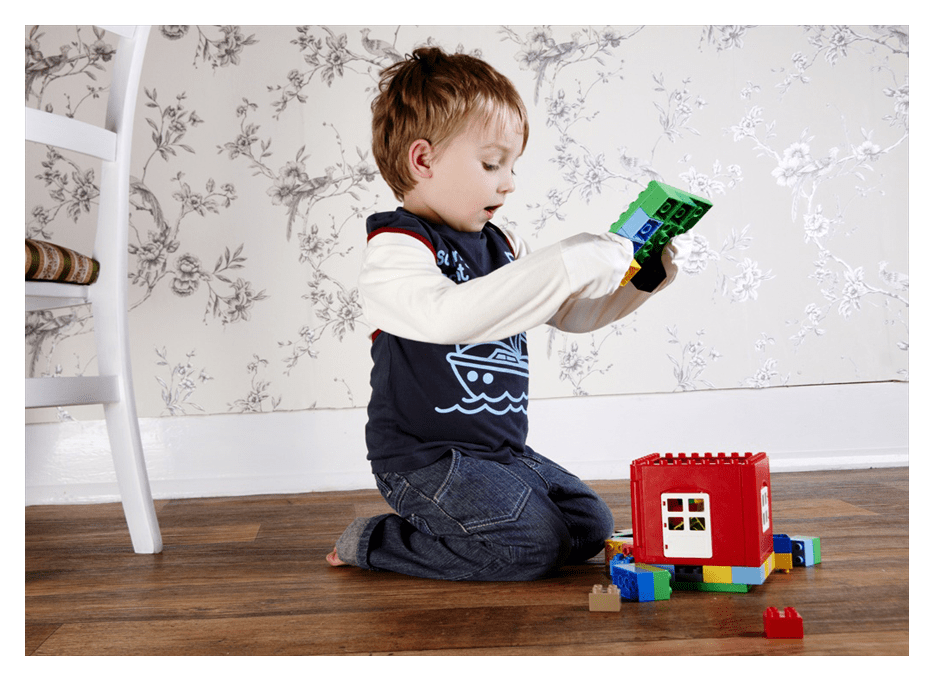Impetigo
Impetigo is a highly contagious bacterial skin infection which causes itchy sores and blisters. It’s very common and usually affects children. An impetigo infection can spread through close physical contact, or by sharing towels or flannels. As the condition does not cause any symptoms until four to 10 days after initial exposure to the bacteria, it is often spread to others unintentionally. While it will usually clear up by itself, impetigo is usually treated with antibiotic creams to reduce the chances of passing on the infection. In rare cases, impetigo can lead to scarring. However, this is usually when the blisters and sores have not been able to heal due to persistent scratching or picking of the scab.
What is impetigo?
An impetigo infection can occur when the bacteria invades otherwise healthy skin through a cut, insect bite or other injury (primary impetigo). Impetigo can also occur when the bacteria invades skin that has already been affected by underlying skin condition, such as head lice, scabies or eczema (secondary impetigo).
There are two types of impetigo:
- non-bullous impetigo: the more common form of impetigo usually begins as a red sore near the nose or mouth which breaks and forms a honey-coloured scab. Sores are not painful, but may be itchy. Touching or scratching the sores may easily spread the infection to other parts of the body.
- bullous impetigo is less contagious and usually occurs in children under 2 years old. Painless, fluid-filled blisters on the arms, legs and trunk are surrounded by red and itchy (but not sore) skin. These blisters may be large or small and form yellow scabs when they break.

How to treat impetigo
Impetigo usually gets better on its own within two to three weeks without treatment. However, antibiotic creams are usually recommended because the infection spreads so easily. Oral antibiotics may be prescribed if the infection is severe and spreads rapidly, or the symptoms do not improve after using antibiotic cream. Even though impetigo usually clears up by itself, it is worth checking the diagnosis with your doctor as impetigo can be confused with other skin conditions such as cellulitis, contact dermatitis and insect bites.
Most nurseries and schools will not allow a child with impetigo to attend until 48 hours after antibiotic treatment has started or the after the sores have stopped blistering or crusting.
Will impetigo blisters leave a scar?

In rare cases, impetigo can lead to some scarring. However, this is usually when the blisters and sores have not been able to heal due to persistent scratching or picking of the scab. Obviously this can be a problem as impetigo is typically itchy and it can be difficult for young child to stop themselves from scratching. If your child is scratching or picking at their impetigo blisters, ScratchSleeves are a great way to minimise the risk of scarring.
The red mark that is left should also disappear by itself. The time it takes for the redness to disappear can vary between a few days and a few weeks.
How to stop impetigo spreading
Most people are no longer contagious after 48 hours of treatment, however if the blisters continue to produce fluid it is a sign that they are still infectious.
To minimise the risk of impetigo spreading:
- Wash your thoroughly hands after applying any antibiotic creams (or use disposal gloves)
- Encourage your child to avoid touching the sores
- Ensure that your child washes their hands regularly
- Do not share flannels, sheets or towels
- Wash favourite toys and comfort blankets as regularly as possible. Contrary to popular belief, washing at 60°C does not kill all germs however the detergent and thorough rinsing will remove the vast majority.
- Keep your child away from nursery or school
- Avoid contact with other children, especially young babies and children with skin conditions like eczema who are vulnerable to infection
- Clean and cover any cuts and grazes

Quick buy



